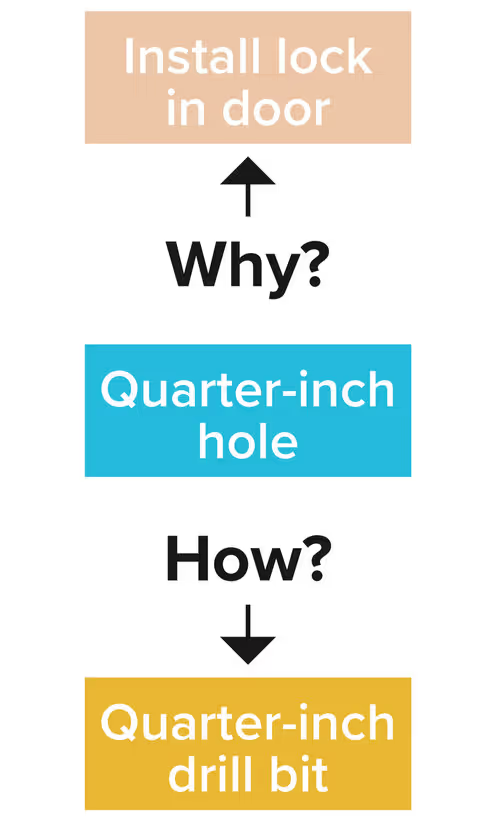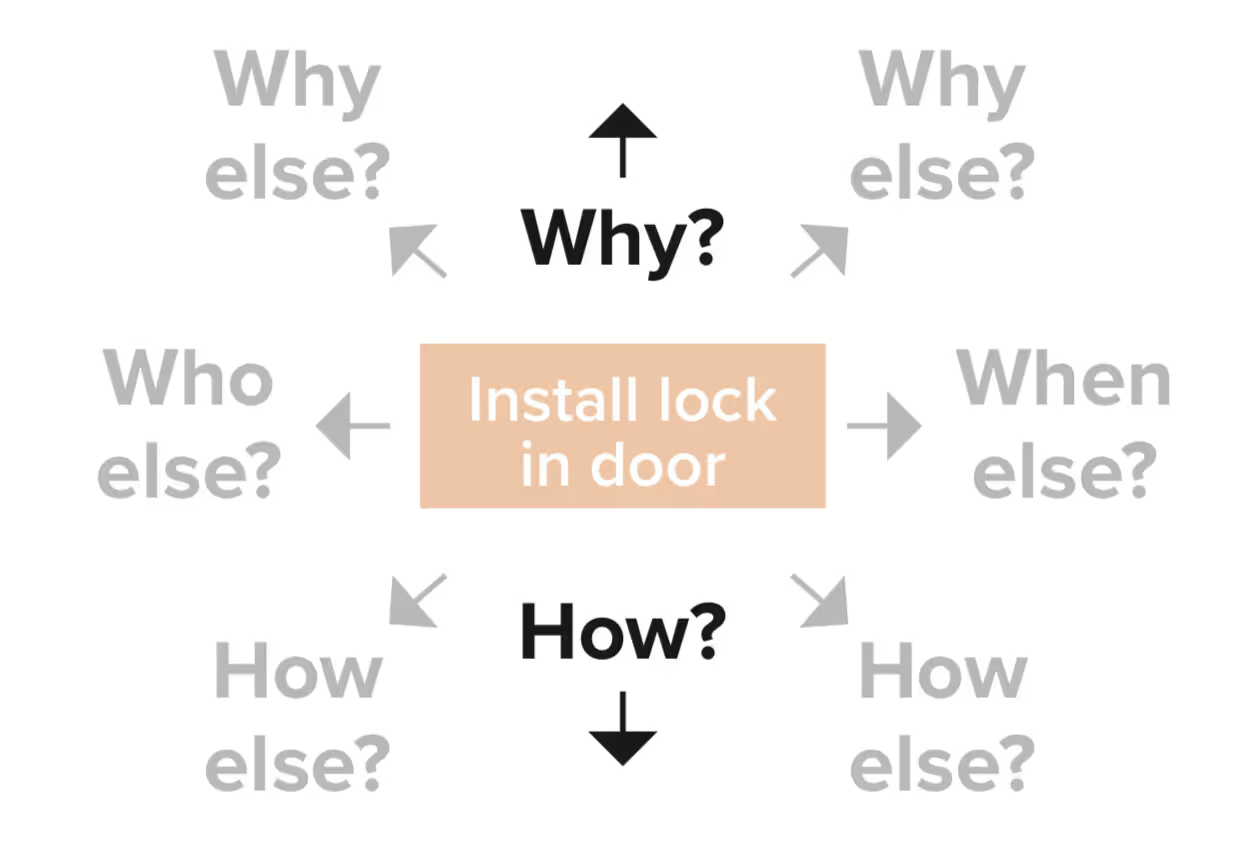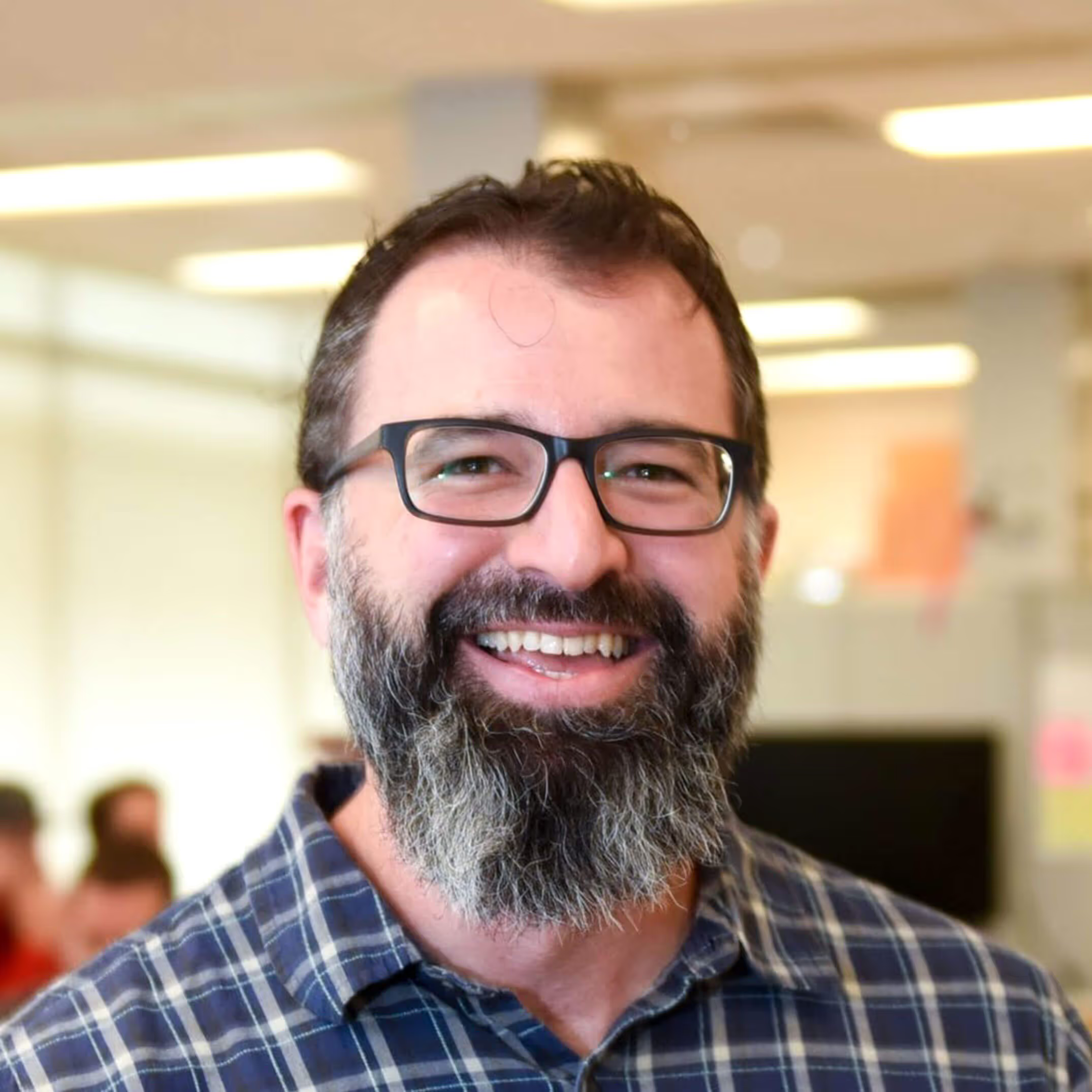Levels of Alignment | Product Team Alignment Framework
What is the project about? Imagine a multidisciplinary new product development team of engineering, marketing, design, and sales leaders. Each individual has decades of experience and insight into the industry. Everyone has a valuable contribution to make to the innovation effort. And yet, conversations within the team seem to be unproductive and circular. Customer journey pain points get mixed with past technology solutions that almost made it, all while acknowledging the frustration that the product solutions in the market haven’t really changed in 30 years. Where do we go next? Should we go out and do market research? Don’t we already know our customers intimately? Why can’t we just start building a prototype already? When facing the uncertainty of navigating the wilderness, sometimes the fastest path to your destination isn’t a straight line in a given direction. Sometimes the fastest path forward is to climb a tree to make sure you have the perspective to anticipate obstacles or gain the insight that you’re in the wrong forest entirely. We developed the Levels of Alignment to address this challenge for innovation teams.
Levels of Alignment is a framework that organizes project information into appropriate levels of resolution without losing sight of the customer’s needs.
It is NOT a hierarchy of importance or chain of command.
It IS a holistic way to describe the desired experience in increasing levels of detail.
It enables you to compare needs at the same level and not get wrapped up in “stair-stepping”. Everyone has a vantage point of customer needs and areas of conflict that can be captured and leveled appropriately within the framework.
Unmet Need Statements
Asking a new product development professional to define a customer need invites intense debate. Regardless of whether you use the Jobs To Be Done framework, Outcome Driven Innovation, Need Statements, or Unmet Needs, each of these boil down to separating “what” statements from “how” statements. To add clarity to this distinction, consider this quote from Theodore Levitt:

An incorrect need statement would mix the two together: “A quarter-inch drill that makes a quarter-inch hole.”
The hole answers “why” for the drill.
The drill answers “how” for the hole.
As indicated by the color blocks within the quote, the drill and hole should be separated out so that each statement is solution-free.
“Unmet need statements are solution-free, scoped, specific, validated statement that is pleasant to the ear, and includes a metric for success.”
— Andrew DiMeo


Coherence Check
Unmet need statements are the starting point for a building a coherent vision, product, brand, and messaging strategy. Each element is the “Why” to the element below and the How to the element above. One can ask “Why?” about anything and end up at ambiguous visions such as happiness, world peace, or reduced suffering. To go back down the levels, we ask “How?” and “How else?” to spread out into infinitely fractal possible solutions like a triangle. Correctly placing elements on the same level is a way to organize and prioritize among disparate ideas.
The brilliance of this framework is that it requires each element to ask and answer questions in order to be coherent. If your top-level vision is to reduce suffering, yet one of your lower level packaging features increases suffering, it becomes easy to quickly identify the incoherent element.
Are the levels within the Levels of Alignment fully defined?
No. We find common themes to the levels across the many applications for this framework, but the industry-specific context can change whether your lower levels are focused on Bill-of-Materials, Service Delivery Actions, Technology Pillars, etc. In theory, you can add an infinite amount of levels to this framework, though we have found that 5-8 levels are appropriate for a given strategic exercise.
How long does the Levels of Alignment exercise take?
Answering this question requires some pragmatism. We have run the exercise in as short as a 2-hour virtual session, and have easily logged 30 hours over several weeks with product teams who care about getting the framework right. When we ran the Levels of Abstraction exercise within Trig to refine our Flywheel, we easily spent 6 hours of group discussion.
Looking for more information, or to have Trig facilitate a Levels of Alignment exercise for your next strategy session, please contact us



